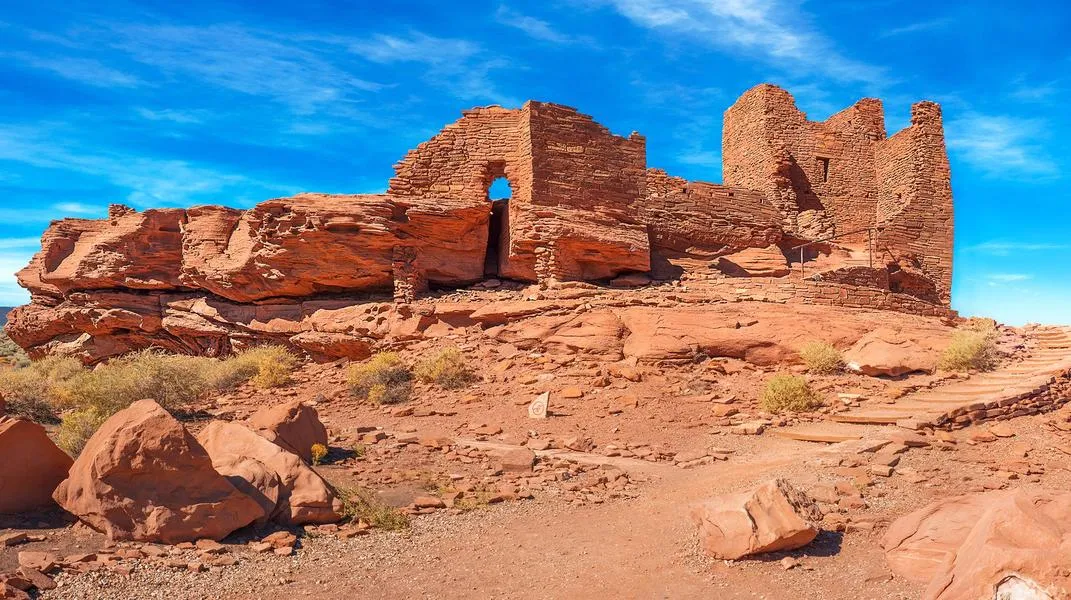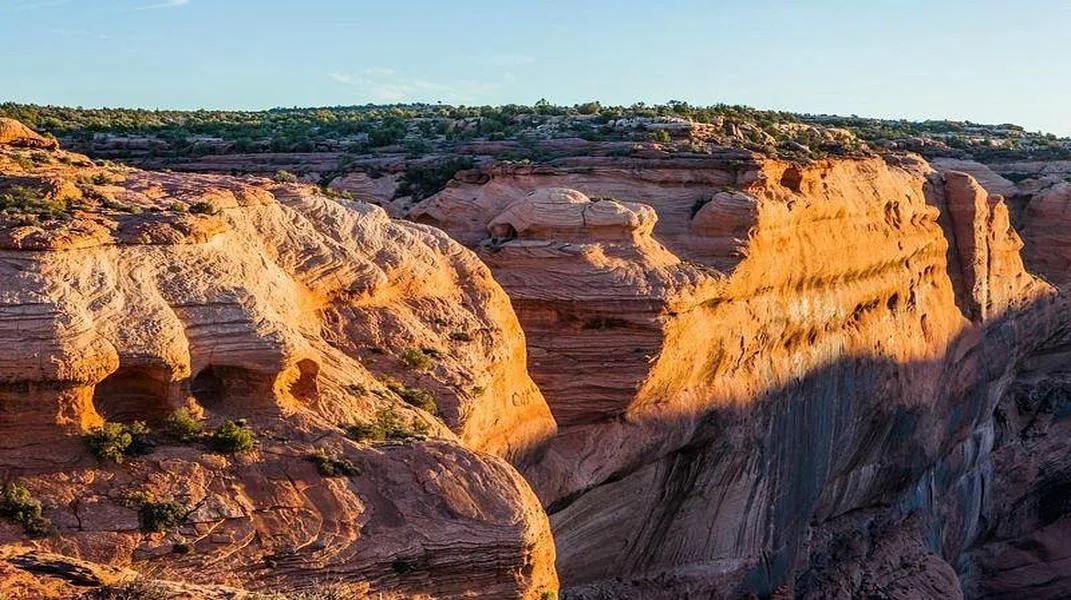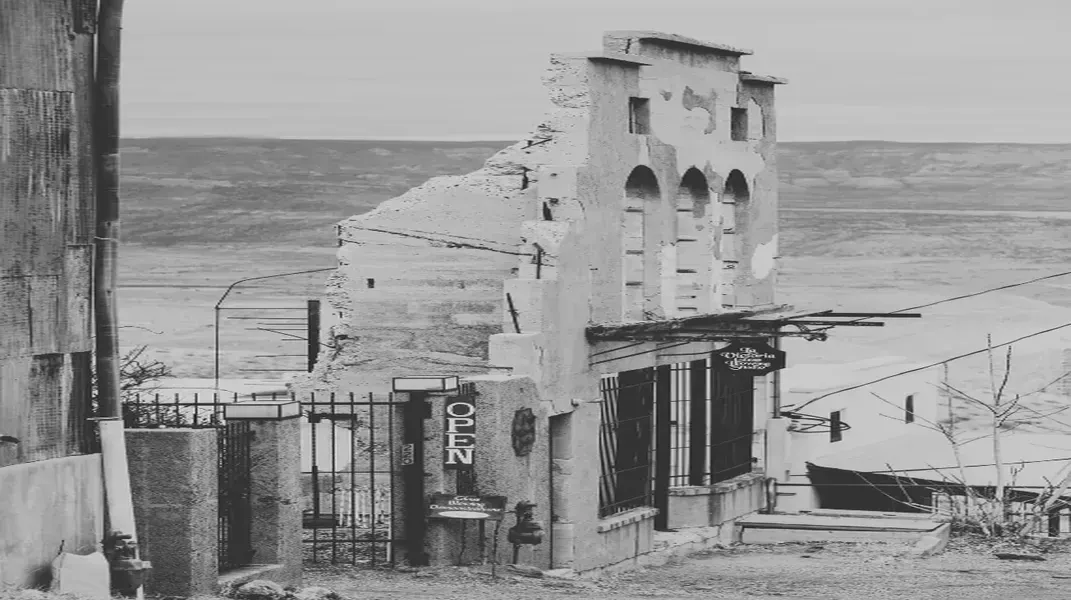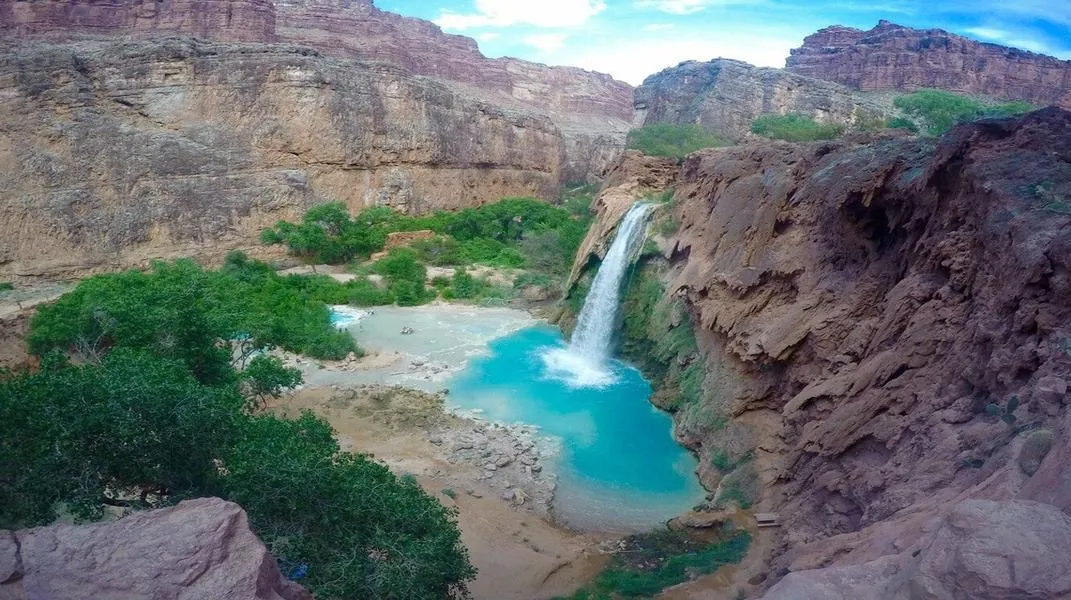Exploring the Wonders of Wupatki National Monument
Nestled in the high desert of northern Arizona, Wupatki National Monument is a historic treasure that offers visitors a glimpse into the lives of ancient Native American cultures. This UNESCO World Heritage Site is not only a significant archaeological location but also a stunning natural landscape characterized by its unique geological formations and diverse ecosystems. The monument is home to several well-preserved ruins, including the iconic Wupatki Pueblo, which together tell the story of the peoples who inhabited this region over a thousand years ago.

A Brief History of Wupatki National Monument
The Wupatki area was inhabited by the Ancestral Puebloans, also known as the Sinagua, from approximately 500 AD to 1250 AD. The name "Wupatki" comes from the Hopi word meaning "tall house" or "house on the hill," referring to the impressive stone structures that still stand today. The monument was established in 1961 to preserve these archaeological treasures and educate the public about the rich cultural history of the region.
Wupatki was a thriving community, strategically located near the Little Colorado River, which provided a vital water source for agriculture. The dwellings in the monument were constructed using local red sandstone, creating a striking contrast against the azure sky and the arid landscape. The visitors can explore these ruins and gain insight into the architectural ingenuity and social organization of the ancient inhabitants.
Attractions Within the Monument
Wupatki Pueblo
The centerpiece of the monument is Wupatki Pueblo, a large multi-story structure constructed with stone and adobe. This impressive complex consists of over 100 rooms, including living quarters, ceremonial spaces, and storage areas. Visitors are free to wander through the ruins, allowing them to appreciate the scale and complexity of the pueblo. The site also features a large ball court, which is believed to have been used for ritualistic games that held great social significance for the community.
The Citadel
Located a short distance from Wupatki Pueblo, the Citadel is another fascinating ruin. Perched on a hill, this structure provides panoramic views of the surrounding landscape. The Citadel is thought to have served as a defensive site and possibly a gathering place for the community. Exploring these remains offers a sense of the strategic importance of location in ancient times.
The Nalakihu Ruins
The Nalakihu Ruins, situated about a mile from Wupatki Pueblo, feature an impressive circular structure known as a kiva, which was used for ceremonial purposes. The site is smaller than Wupatki but offers a more intimate glimpse into the spiritual life of the ancient inhabitants. The well-preserved remains of the kiva provide insight into the architectural techniques utilized by the Sinagua.
Other Notable Sites
In addition to Wupatki Pueblo, the monument is home to several other significant archaeological sites, including:
- Wukoki Ruins: Situated in the northern area of the monument, Wukoki is a striking structure built atop a hill, providing incredible views of the surrounding desert landscape.
- Lava Flow: This unique geological feature showcases the region's volcanic history, with black basalt rock formed from ancient lava flows contrasting beautifully with the red sandstone structures.
- Sunset Crater: Nearby, this dormant cinder cone volcano is a stunning natural feature that adds to the area's geological diversity.
Preparing for Your Visit
To ensure a fulfilling and enjoyable experience at Wupatki National Monument, proper preparation is key. Here’s a comprehensive guide on what to bring and what to expect:
Essential Materials to Prepare
- Park Entrance Pass: Before heading to the monument, check if you need to purchase an entrance pass. Entrance fees can often be paid on-site, but it’s advisable to check the official National Park Service website for the most current information. Consider purchasing an America the Beautiful Pass if you plan to visit multiple national parks.
- Comfortable Footwear: The best way to explore the ruins and trails is on foot, so wear sturdy hiking shoes or comfortable walking shoes. The terrain can be uneven, and sturdy footwear will help prevent slips and falls.
- Water Supply: The desert climate can be extremely dry, and temperatures can rise quickly. Bring enough water to keep you hydrated throughout your visit. A hydration pack or reusable water bottle is a good choice.
- Sun Protection: Sunscreen, sunglasses, and a wide-brimmed hat are essential to protect yourself from the Arizona sun. The high elevation also means that UV rays are stronger, even on cooler days.
- Camera or Smartphone: The stunning landscapes and ancient architecture are perfect for photography enthusiasts. Capture the beauty of Wupatki Pueblo and the surrounding scenery, but be sure to respect the site and avoid climbing on the ruins.
- Binoculars: If you’re interested in birdwatching or taking in the expansive views, binoculars can enhance your experience. The monument is home to various bird species and offers breathtaking vistas.
- Snacks or Picnic Lunch: While there are no dining facilities within the monument, packing some snacks or a picnic lunch can enhance your visit. Enjoy your meal while taking in the scenic views, but remember to follow Leave No Trace principles and pack out all trash.
- Guided Tour Information: Check if there are any ranger-led programs or guided tours available during your visit. These can provide deeper insights into the history and significance of the monument.
Planning Your Visit
- Best Time to Visit: The ideal time to visit Wupatki National Monument is during the spring and fall months when temperatures are milder. Summer can be excessively hot, while winter may bring colder temperatures and occasional snow.
- Visitor Center: Begin your visit at the Wupatki National Monument Visitor Center. Here, you can gather maps, learn about the monument's history, and find out about any ranger programs happening during your visit.
- Self-Guided Tours: The monument offers self-guided tour options, including brochures that provide information on key sites. Take your time exploring the ruins, as each structure has its own story to tell.
- Leave No Trace: As with any national park or monument, it's essential to practice Leave No Trace principles. Respect the natural environment, stay on designated trails, and avoid disturbing wildlife or archaeological sites.
Accessibility
Wupatki National Monument is committed to making its sites accessible to all visitors. The visitor center and some of the trails are designed to accommodate individuals with mobility challenges. However, certain areas, especially the ruins, may have uneven terrain and steps. It's best to check with the visitor center staff for specific accessibility options and recommendations.
Conclusion
Wupatki National Monument is a captivating destination that offers a unique blend of history, culture, and natural beauty. Its well-preserved ruins provide a window into the lives of the Ancestral Puebloans, while the stunning desert landscape creates an unforgettable backdrop for exploration and discovery. Whether you're a history buff, an outdoor enthusiast, or simply looking for a peaceful retreat, Wupatki promises an enriching experience.
As you prepare for your visit, keep in mind the essential materials and tips outlined in this guide. With the right preparation and a spirit of adventure, you’ll be ready to immerse yourself in the wonders of Wupatki National Monument and create lasting memories in this remarkable corner of the American Southwest.




